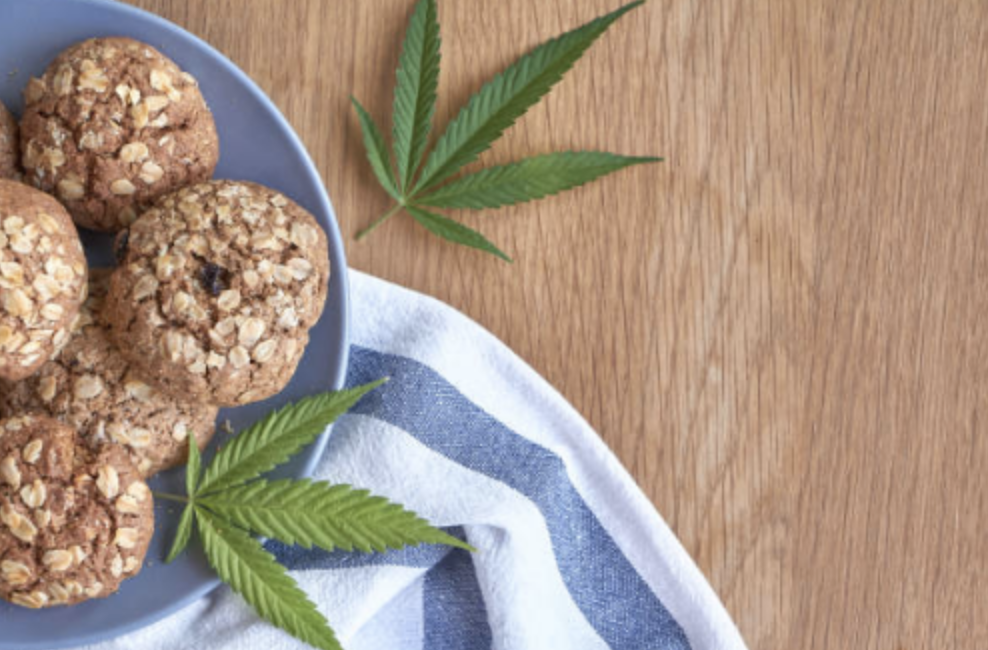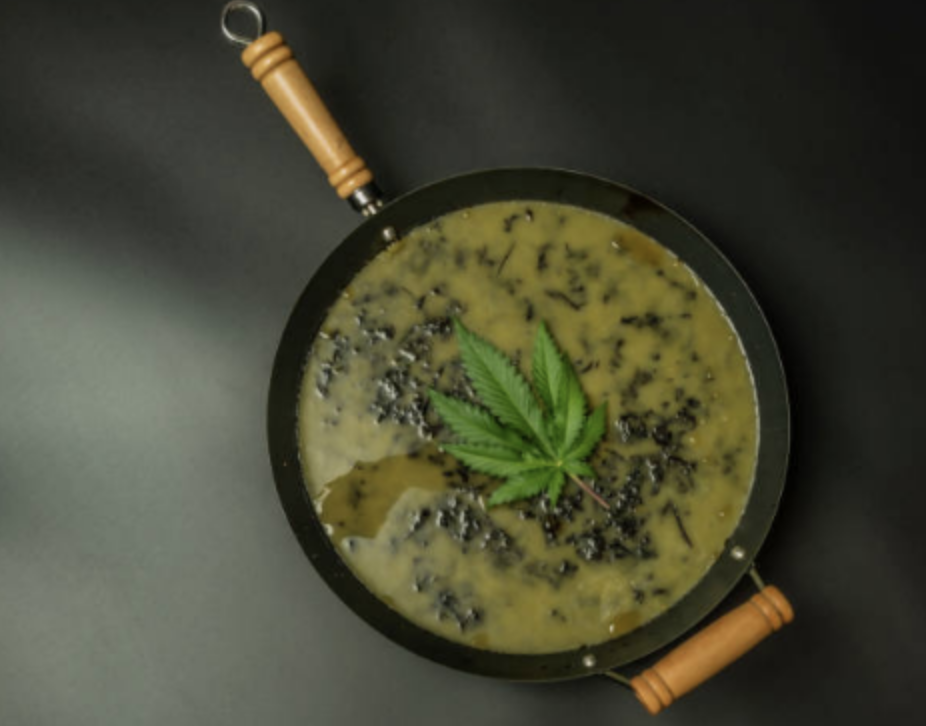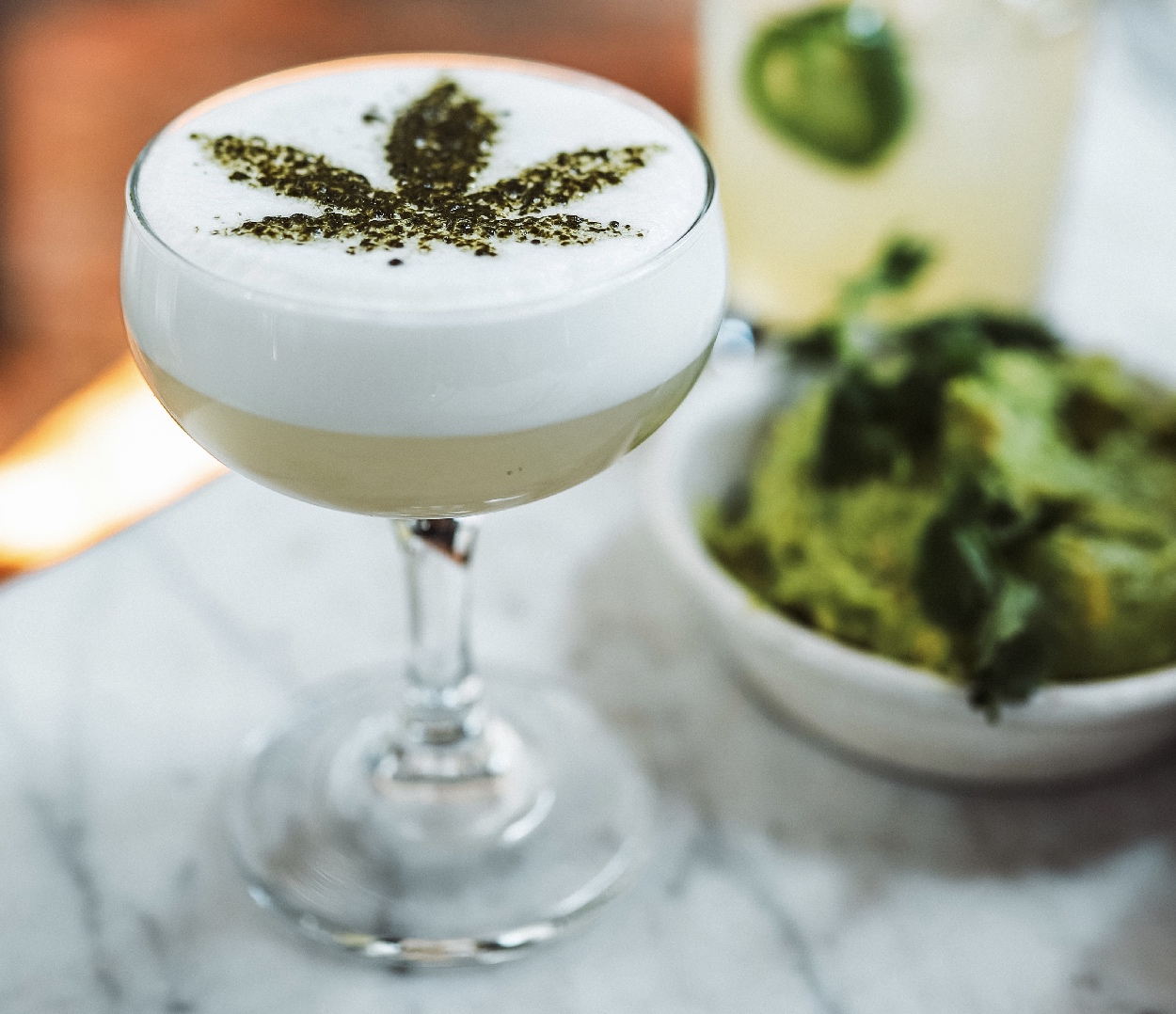There are plenty of ways of consuming CBD and CBDA. You can use them as a tincture under the tongue. You can apply them as a topical cream on your skin. You can vape them with the appropriate equipment.
However, one of the most popular and easy ways of taking CBD and CBDA is by cooking with them. Most people experiment with CBD and CBDA oils and nano-emulsions in their cooking, as these go perfectly with food and drinks.
Cooking with CBD and CBDA is straightforward and simple. Whether in oil, nano-emulsion, or powder form, they can be incorporated into many dishes and drinks. Depending on the exact substance used and the presence or lack of terpenes—the compounds giving CBD its flavor and aroma—they may even make no difference to the food or drink’s consistency and taste.
By following some basic rules and guidelines, people experimenting with CBD can include it in their cooking and take in all the potential benefits.
Cooking with CBD and CBDA can be fun because it requires no extra work or preparation. You can add the CBD in an oil or nano-emulsion format into many dishes and drinks without any other requirements.
CBD Likes Oily Substances
CBD is lipid-soluble. This means that it dissolves in fat, rather than water.
That is why most recipes and concoctions suggest infusing or mixing CBD with fatty ingredients such as butter, coconut oil, olive oil, or any other oily substance of your choice.
CBD and CBDA nano-emulsions, however, are already encapsulated in water and water-soluble. This makes them easier to use while cooking.
CBDA nano-emulsions like the ones produced by FluxxLab™ have been formulated to increase the potency and bioavailability of CBDA in the body. Nano-emulsions are compounds with an oily center and a water coating. Microscopic droplets of CBDA are placed into the oily center and then encapsulated by the water coating.
Besides being easier to cook with, this makes nano-emulsions more bioavailable—i.e. Why Should I Take CBD?
CBD and CBDA are being studied for their potentially helpful effects on the body. Scientists hope they can help with inflammation and pain relief, insomnia, depression, anxiety, and stress, among other ailments and conditions. Several clinical trials underway are examining the possible benefits of CBDA, CBD, and other cannabinoids. However, in most cases, there are no definitive scientific results yet, only indications and anecdotal evidence.
Nevertheless, since December 2018, CBD has been legal in all 50 states as long as it contains under 0.3% of THC. While the FDA has not approved it as a medication for specific ailments and conditions, people can still buy it over the counter as a food supplement.
As a result, many manufacturers and producers have entered the CBD market, selling the substance either online or in shops across the US.
How Should I Pick My CBD?
Choose American CBD
Choose American CBD and CBDA, grown and produced in the United States. American framework and guidelines are strict and make sure the industrial hemp where CBD comes from is controlled and safe.
Ask for Certificates of Analysis
Hemp is an excellent phytoremediation plant. This means it is widely used to clean up heavy metals and pesticides from polluted soils. Unscrupulous producers might buy this impure hemp and use it to produce CBD. You obviously do not want your CBD or CBDA oil to include such harmful substances.
Reputable manufacturers and producers will test their products regularly, throughout the production process. They will publish Certificates of Analysis (CoA) available online or produce them on demand to guarantee the purity and potency of their products. Their CoA should also support their claims when it comes to the amount of THC present in the product and the existence of terpenes and other cannabinoids.
Cooking with CBD and CBDA: Some Basic Rules
 Cooking with CBD and CBDA can be fun because it requires no extra work or preparation. You can add the CBD in an oil or nano-emulsion format into many dishes and drinks without any other requirements.
Cooking with CBD and CBDA can be fun because it requires no extra work or preparation. You can add the CBD in an oil or nano-emulsion format into many dishes and drinks without any other requirements.
CBD likes oily substances
CBD is lipid-soluble. This means that it dissolves in fat, rather than water.
That is why most recipes and concoctions suggest infusing or mixing CBD with fatty ingredients such as butter, coconut oil, olive oil, or any other oily substance of your choice.
CBD and CBDA nano-emulsions, however, are already encapsulated in water and water-soluble. This makes them easier to use while cooking.
CBDA nano-emulsions like the ones produced by FluxxLab™ have been formulated to increase the potency and bioavailability of CBDA in the body. Nano-emulsions are compounds with an oily center and a water coating. Microscopic droplets of CBDA are placed into the oily center and then encapsulated by the water coating.
Besides being easier to cook with, this makes nano-emulsions more bioavailable—i.e. easier to absorb by the body—since they become water-soluble rather than lipid-soluble.
CBD Loses Its Potency in High Temperatures
It’s best to prepare dishes and drinks that require minimal heating.
CBDA turns into CBD at high temperatures and CBD loses some of its potency. Therefore, if your dish requires heating during its preparation, opt for a maximum temperature of 150 °F.
Additionally, CBD becomes bitter when overheated, which could affect the taste of the overall dish or drink.
Start Low, Go Slow
“Start low, go slow.” This is the standard advice regarding people experimenting with CBD and CBDA for the first time. Determining the right dosage for you can be tricky. Dosage is complicated by the fact that CBD may be biphasic: it could have one effect at a low dose and its opposite at a high one. That’s why people use CBD both to feel sleepy and to wake up.
If you don’t know your ideal dosage yet, start with a low daily dose of 5 to 10 mg and increase the dosage slowly until you perceive the desired effect.
The same is true with cooking as well: calculate your CBD dosage before incorporating it into your food and drinks. Check yourself and increase your doses slowly over several days.
Ideas for Cooking with CBD and CBDA
Add to Dressings, Vinaigrettes, Sauces, and Marinades
CBD and CBDA go well in sauces, salad dressings, and marinades, particularly because they all have oily substances incorporated in them. Also, these require minimum heating, thus conserving the potency and bioavailability of CBD.
Think of Various Purees and Spreads

There are hundreds of purees and other condiments that are perfect for adding CBD and CBDA. Think of tapenade, aioli, pesto, and spreads. CBD can also be added to mashed potatoes and other similar dishes and spreads.
CBD goes particularly well with avocado, due to avocado’s rich natural oils. Preparing guacamole with CBD is an excellent way of consuming your daily CBD.
Many people swear by CBD butter, which can then be used with countless other preparations. Butter is extremely fatty, which is perfect for CBD. The easiest way to prepare it is to mix butter, water, and CBD oil and let it simmer at low heat until the water evaporates. It might take up to a few hours but the end result is worth it. Don’t forget to stir frequently!
CBD in Drinks
Many people like taking their CBD in their drink.
However, you then run into the problem of solubility. You can consume CBD with your coffee or tea but you may have to combine it with a little bit of butter, to make your drink more oily and CBD-friendly. If you have already prepared CBD butter, then it’s even easier.
You can overcome this problem by using a CBDA nano-emulsion instead of CBD oil. This makes CBD water-soluble, so it’s much easier to consume with your drink.
Interestingly, people consuming CBD with their coffee have mentioned feeling alert and focused, but in a different way than caffeine.
Smoothies are another way of incorporating CBD and CBDA in your diet. Full-fat milk will make it easier for CBD to dissolve, while the various flavors will make your whole experience more interesting and tasty, especially if you use CBD rich in natural terpenes.
Tips for Cooking CBD
CBD Can Leave a Taste
Because of the so-called entourage effect, whereby terpenes work with CBD to increase its potential effects, many prefer consuming CBD that is rich in terpenes. However, this has a strong grassy flavor.
If you don’t like the taste or flavor of CBD, it may be best to use it with ingredients that have stronger flavors, so that its taste dissipates.
Stir Your CBD Well
Oil and water don’t mix, and that’s true of CBD as well. Whether you use a water-soluble CBD nano-emulsion or CBD oil, stir your CBD well when cooking, so that it is well mixed into your dish.
This is particularly true of drinks, as CBD oil can easily separate from water and sit at the top or the sides of the glass in the form of oily droplets. That is why it’s always best if you use nano-emulsified CBDA with drinks, as it dissolves fully in water, meaning you get more CBD.
Cooking with CBD: an Engaging Way of Consuming It
As more and more people experiment with CBD, new dishes, preparations, and recipes are created to incorporate it. People are trying new tasty ways of consuming it in their everyday life.
The general guideline is that CBD likes oily substances and dislikes high heat. Starting from there, you can use it in creative recipes to improve your quality of life!


I have been experimenting with Thia cooking and cbd. So far so good, the nano-emulsified versions work best and it’s easy to add into anything!
Informative.
Informative.
Nice information.
I cannot go a day without my my cbd Tablets!
Thanks for keeping me updated! Articles like this are perfect reads to keep up with the industry!
I am following.
thank you very much for your quick answer
thank you and best regards
Great piece of content.
Sharing this with the BF.
Informative.
Awesome information.
I love my my cbd capsules!
Hey now! This is Awesome!
Sharing this with aunt.
I love my my cbd Tablets!
I love my my cbd salve!
Informative.
I will be following.
I will be sharing.
I love my my cbd capsules!
Informative.
I am following.
Sharing this with roommates.
Exceedingly interesting.
Great post.
Informative.
Informative.
Appreciate you for sharing.
Thanks for keeping me updated! Articles like this are perfect reads to keep up with the industry!
What a great read – I’ll be sharing with my co-workers. This is appreciated!
thank you glad to know
thank you thanks
thank you ever so much
thank you FluxxLab
thank you present
thank you fluxxlab!!
thank you very much indeed
thank you best regards
thank you FluxxLab
thanks!
thank you
This is a fantastic article!
The best CBD we have been able to find anywhere, highly recommend FluxxLab